Metacognition Teaching and Learning Activities
In this resource
Refined through consultation with: Adil Arshad (Educational Development Consultant, Taylor Institute); Dr. Kim Grant (Educational Development Consultant, Taylor Institute); Gillian Robertson (Specialist, Future Skills, Taylor Institute); Patrick Kelly (Manager, Learning and Instructional Design, Taylor Institute); Dr. Natasha Kenny (Senior Director, Taylor Institute for Teaching and Learning); Lin Yu (Learning and Instructional Design Specialist, Taylor Institute).
Recommended Citation
Dyjur, P. (2025). Metacognition Teaching and Learning Activities. Taylor Institute for Teaching and Learning. Calgary: University of Calgary.
What is metacognition?
Metacognition can be described as thinking about one’s own thought processes. More specifically, it can be described as our awareness of and ability to reflect upon, manage, and improve how we learn (Stanton et al., 2021; Rivas et al., 2022). FUSION (n.d.) states that metacognition “refers to your awareness of your own knowledge, including what you know and don’t know. Metacognition helps you use your prior knowledge to plan how to undertake a learning task, solve problems, reflect on how you have used your knowledge and evaluate how successful it has been, and modify your approach if needed” (p. 12).
Metacognition is believed to enhance student learning in that it helps learners to understand their strengths and weaknesses. According to Ellis et al. (2014), there are three kinds of metacognition:
Understanding learning strategies that work for an individual.
Understanding of learning goals and their context.
Understanding of one’s own strengths and weaknesses.
Strengthening students’ metacognitive skills helps them to achieve in their courses, boosts their resilience, and enhances student autonomy for learning. The strategies in this guide are designed to give you some starting points for intentionally integrating metacognition into the courses you teach.
For additional metacognitive activities, see Tanner (2012), who provides dozens of example prompts and examples for integrating metacognition into course activities.
Modelling Metacognitive Activities in Your Teaching
By modelling or demonstrating metacognitive activities in your teaching, students will gain strategies for their learning processes.
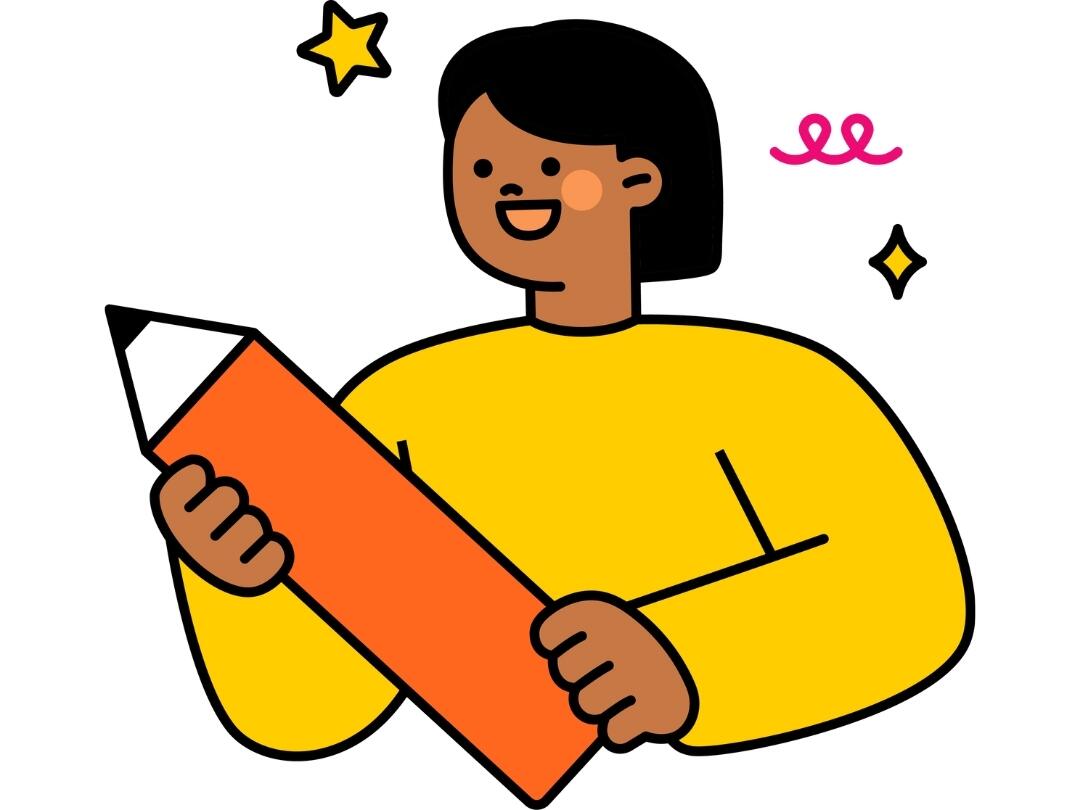
Think Aloud
The think aloud strategy is done by explaining the steps or techniques aloud to learners as you complete a task. Thinking aloud makes the implicit explicit. Learners are able to ask questions to clarify what is unclear to them, lessening misconceptions.
Diagramming
Using graphs, charts, and other data representation demonstrate a different way to convey information. When creating these figures, use a think aloud protocol and walk learners through the process you use. Over time it will have a positive impact on student metacognition and therefore understanding.


Graphic Organizers
Create a simple graphic organizer when explaining a concept or other new information. A graphic organizer is a visual way of representing knowledge or concepts, including concept maps, sequence charts or timelines, and compare and contrast visuals such as a Venn diagram. You can use software to create graphic organizers or draw them by hand (College of William & Mary School of Education, 2014). Modelling the process a few times will give students examples for creating their own graphic organizers.
Goal Setting
In this activity, students consider their own learning goals in relation to the course’s learning outcomes. First, they examine the course outcomes and associated knowledge and skills, which are provided by the instructor. Next, they define their personal learning goals relevant to the course outcomes. Ask students to revisit their goals occasionally throughout the course to monitor their progress.
They could use a chart such as the following:
| Course Outcomes | Knowledge and Skills | Personal Learning Goals | Progress Made |
| (Completed by instructor) | (Completed by instructor) | ||
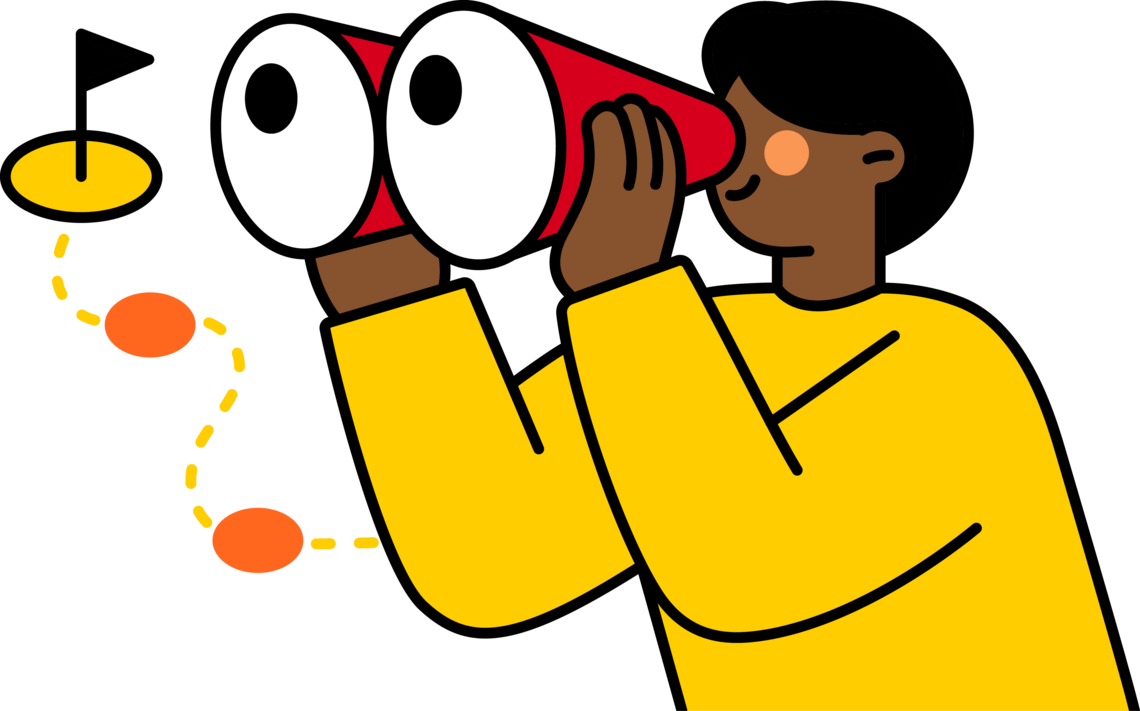
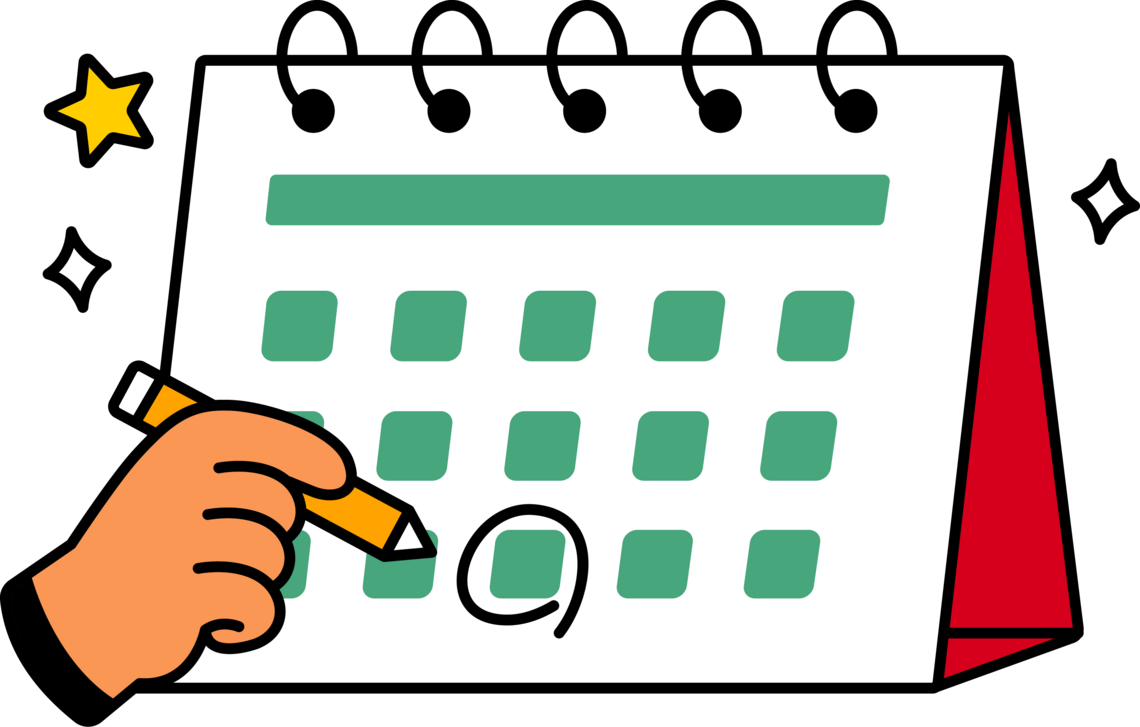
Diagnostic Learning Logs
Students keep a log throughout the course and make notes on each class. They make notes on what was addressed in each class, what was clear to them, and what they need to better understand/ study further. The log increases their self-awareness as learners (University of Tennessee Chattanooga, 2016).
Process Analysis
Students make notes on the process they used while working on a project (group or individual). At the end of the project they comment on what worked well (e.g., clear identification of roles, reasonable timeline) and what could be improved (e.g., no plan B, group member dropped the class). This technique helps students to see where they could improve and assists instructors in identifying where students could use more direction (University of Tennessee Chattanooga, 2016).
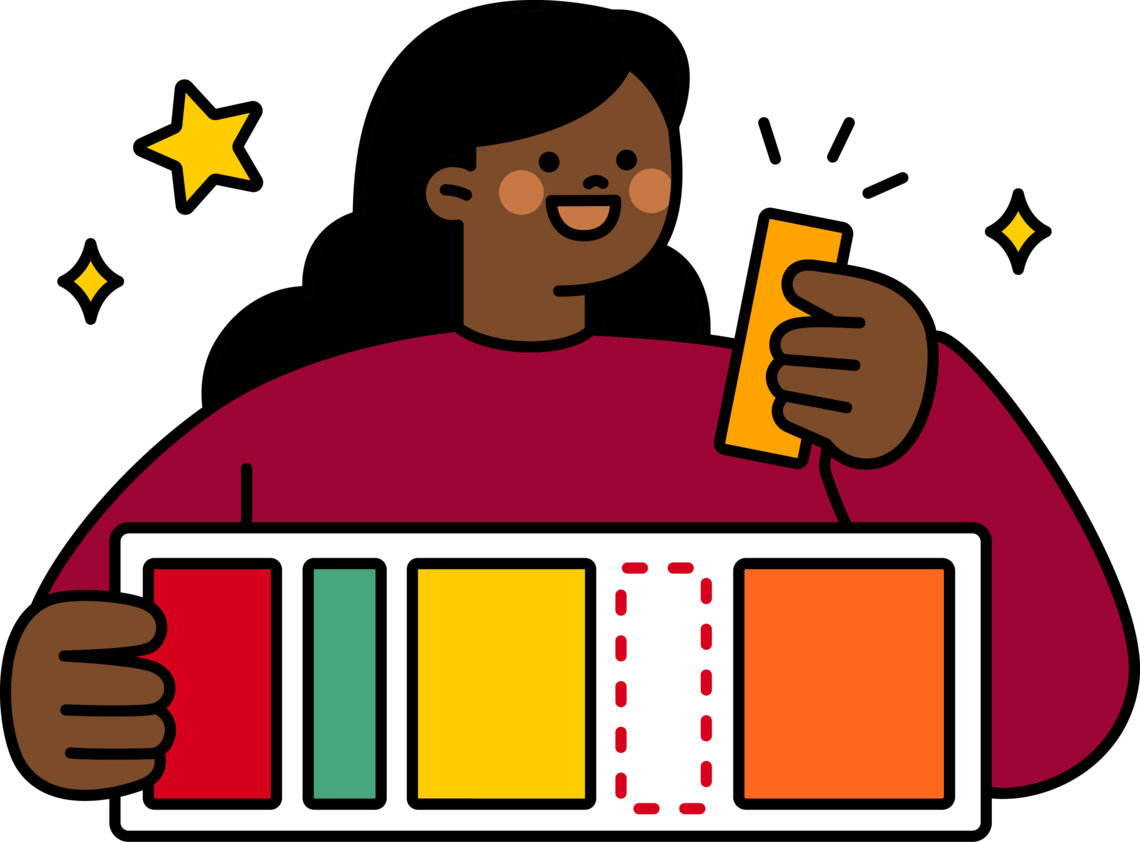
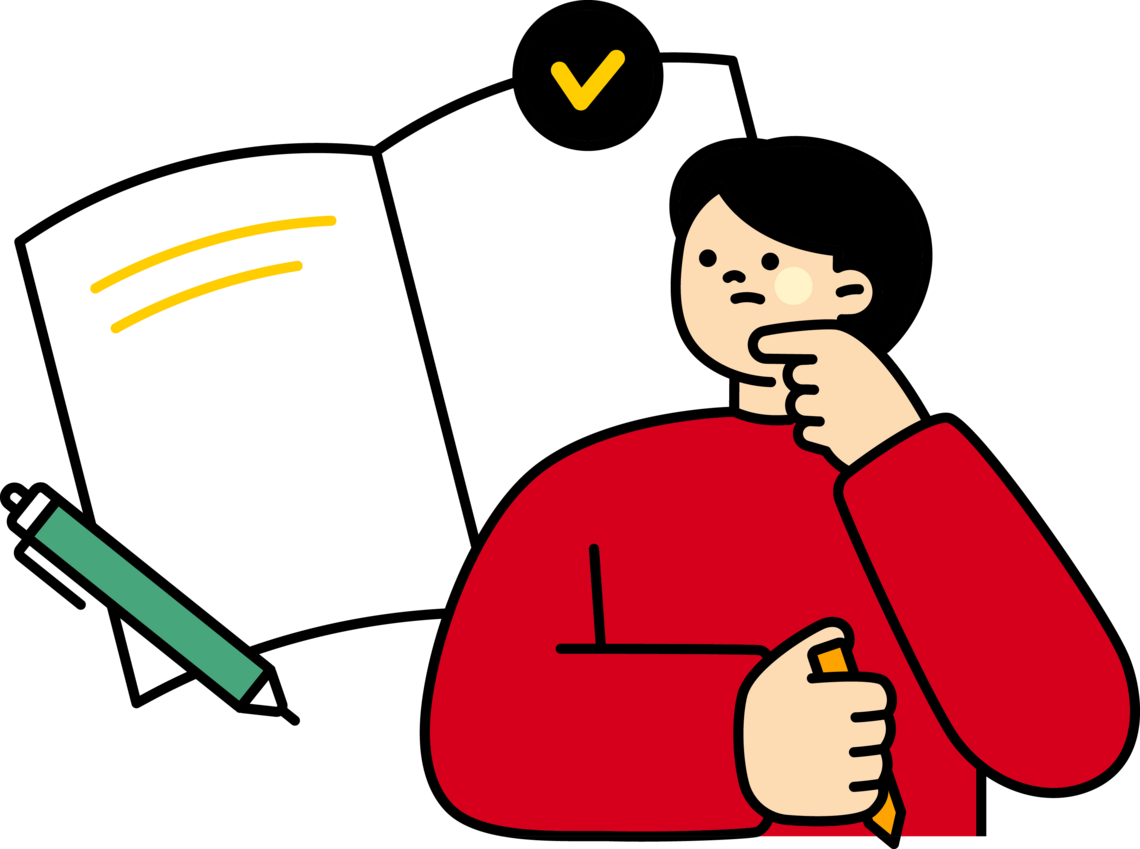
Learning Journals
Writing a learning journal over time can help students to be aware of what facilitates their learning, what they do not yet understand, and other observations about their learning in a course. Ask students to write about their learning on a regular basis, such as weekly.
Some question prompts include:
- What is unclear regarding course content (or learning activities)?
- How does the course content (or learning activities) connect with your own experiences and/or perspective?
- How does the course content (or learning activities) relate to the learning outcomes for the course?
- What do you conclude from your observations?
- What are your next steps to strengthen your learning in this course? (Silberman, 1996).
Practice
This strategy includes both guided and independent practice. Allow students more than one opportunity to practice their learning, starting with basic examples and scaffold or build up to more complex and nuanced problems. Providing feedback also enhances learning. As students build competence, consider peer feedback and self-evaluation as well.
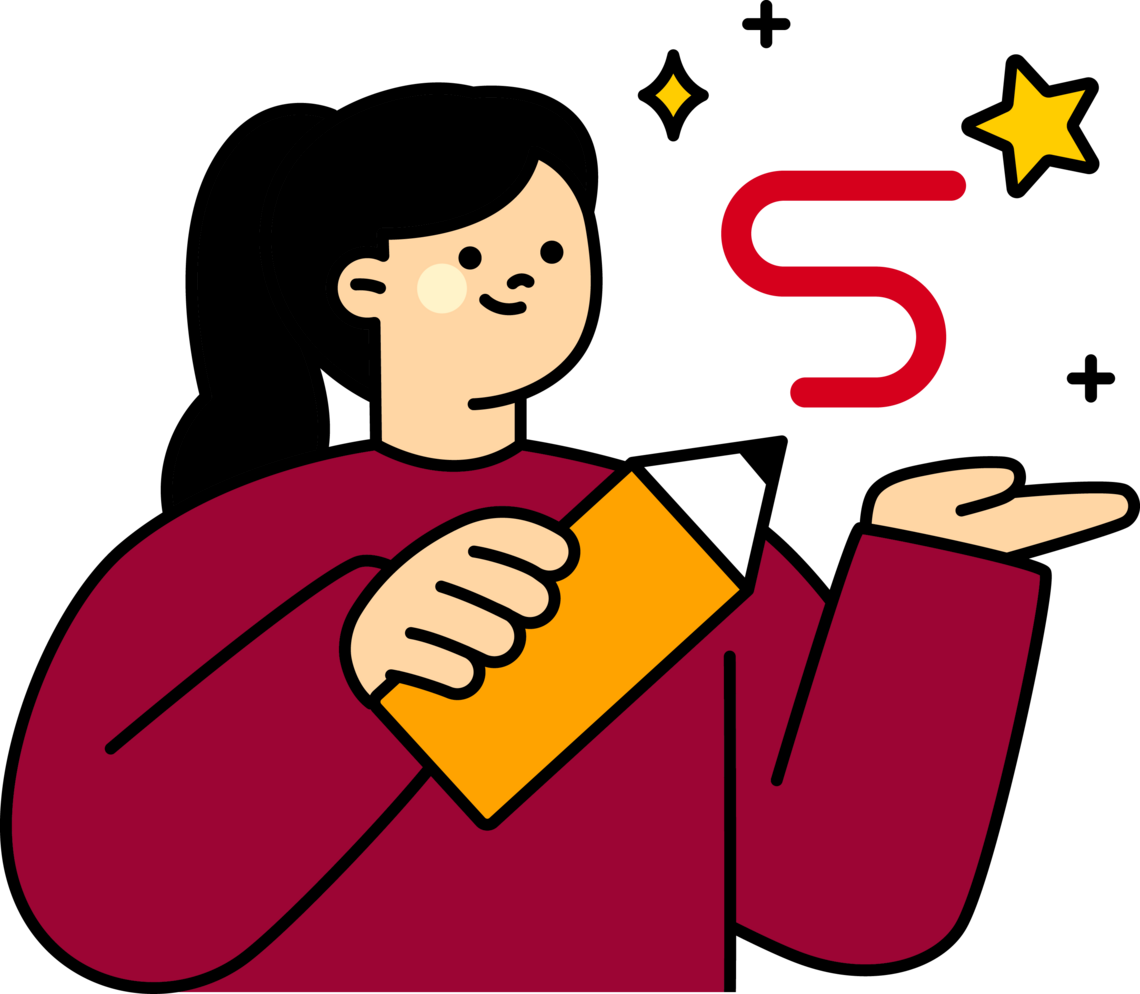
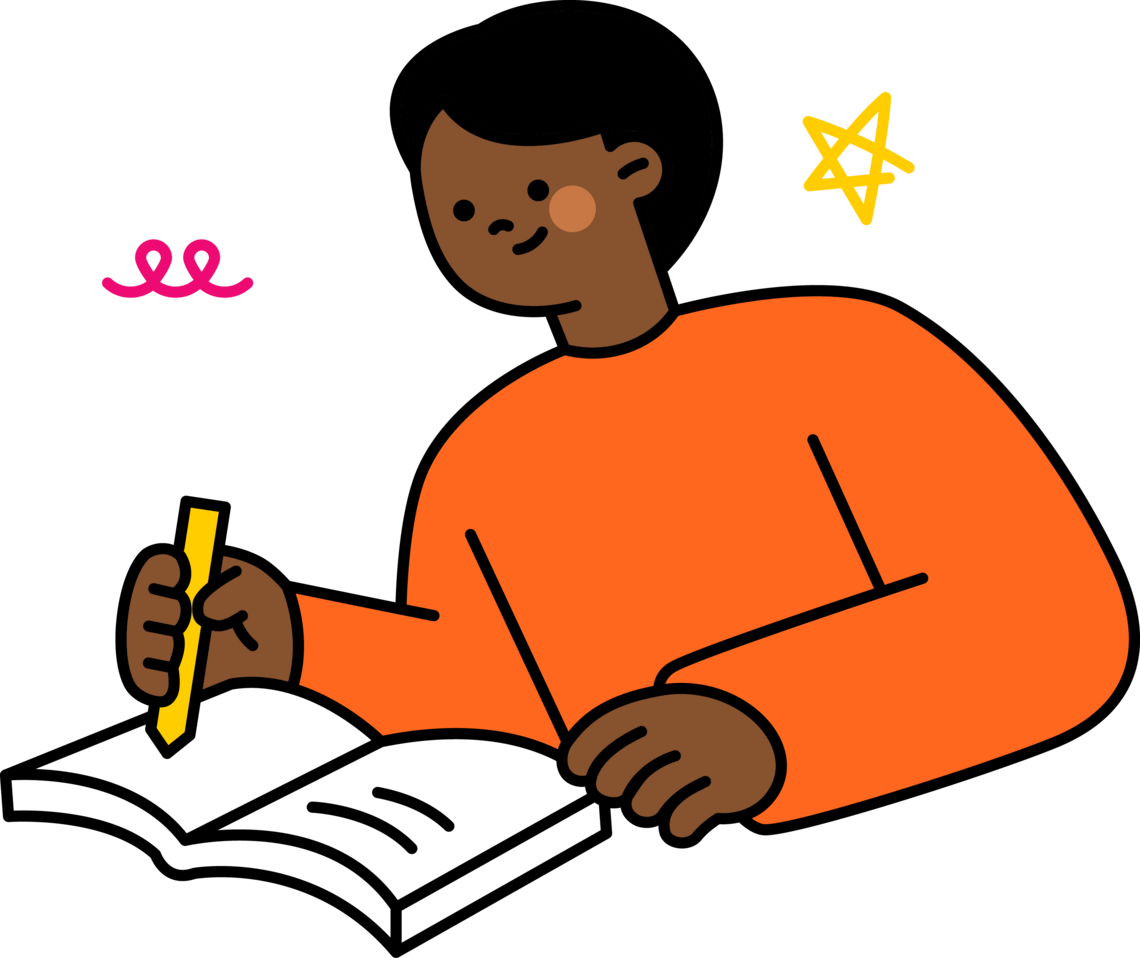
Close Reading
Have students do a reading prior to class and discuss the following in pairs or small groups:
- Paraphrase the reading. Are your impressions of the reading similar to your peers’ impressions? How do these differ?
- What questions do you have about the reading?
- What makes sense? What is unclear?
- How does the information relate to what was learned in class?
- How does the reading connect to other readings?
- What parts of the reading stood out to you as interesting?
- Select one quote that you would like to discuss in class.
- What conclusions can you make? (Center for Teaching Innovation, Cornell University, 2024).
Summarization
Having students summarize what they have learned helps them to identify whether or not they have met their learning goals (Ellis et al., 2014).
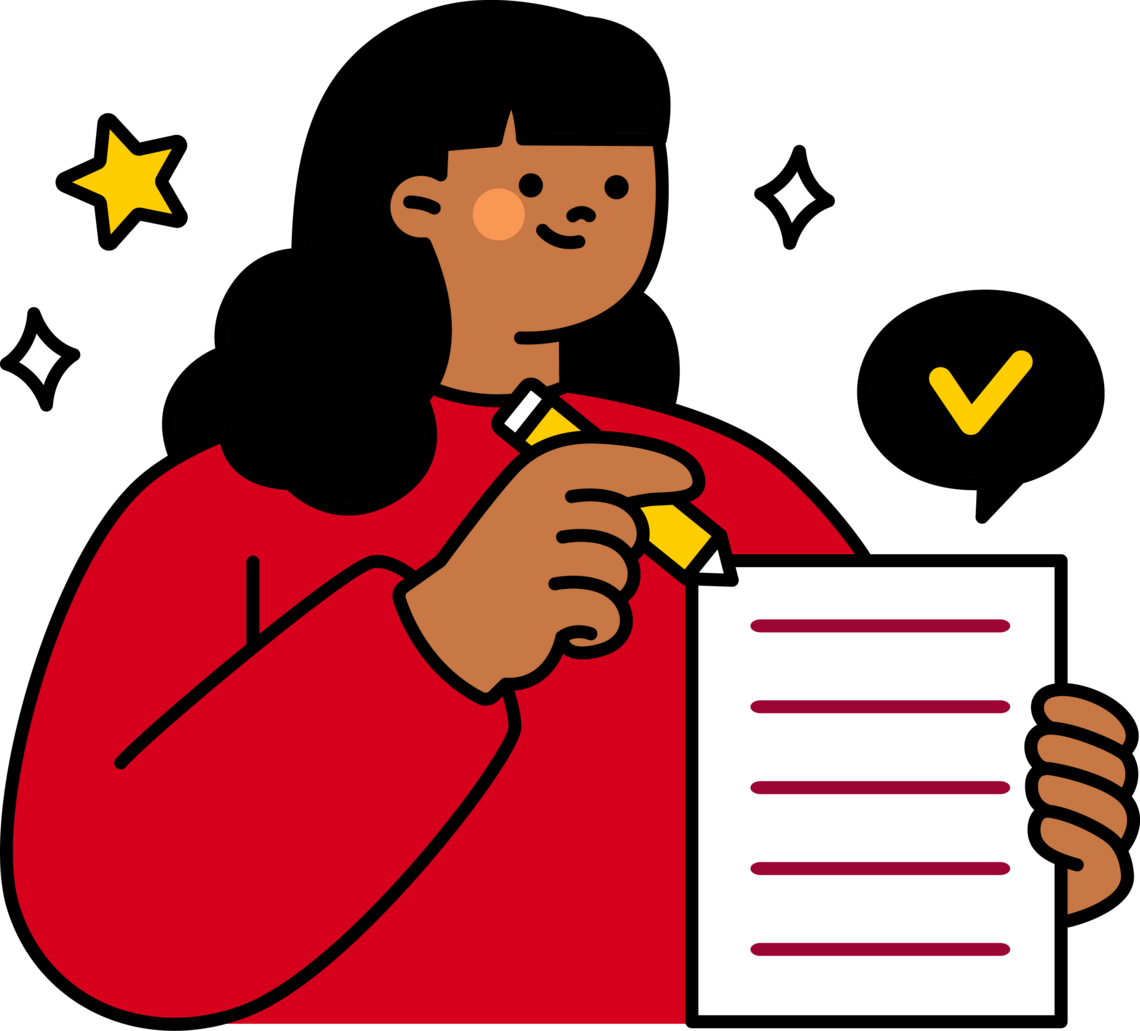
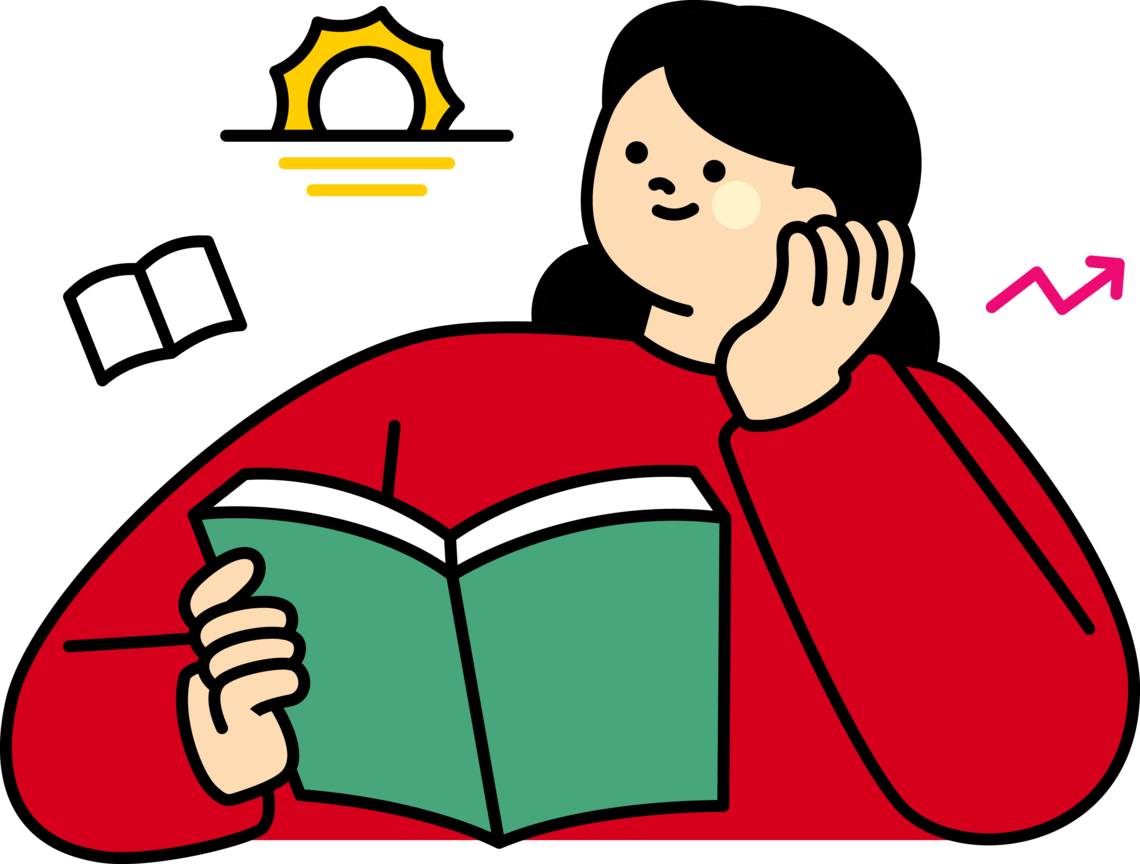
Reflecting on Learning
While students are in the middle of a learning task such as a project, ask them to reflect on their learning process.
Provide a chart such as the following and ask them to elaborate on their answers (FUSION, n.d.).
| Rarely | Sometimes | Usually | |
| I organize my time to allow for the learning process. | |||
| I think about what I really need to learn before I begin a task. | |||
| I set specific goals before I begin a task. | |||
| I can think about different ways to solve a problem. | |||
| I focus on the meaning and significance of new information. | |||
| I make connections between new information and prior learning. | |||
| I am aware of my strengths and weaknesses in different learning situations. | |||
| I use different learning strategies to help me learn. | |||
| I monitor my problem-solving strategies and adjust or change them as needed. | |||
| I re-evaluate my assumptions when I get confused. | |||
| After I solve a problem, I ask myself if I have considered all options. | |||
| I evaluate my performance on an assignment and plan how to improve next time. |
Student Assessment and Metacognitive Activities
Preassessments can be a good way for students to consider what they already know about a topic in addition to the instructor seeing where students are at. A preassessment could be in the form of a short quiz, an in-class or take-home activity, or ungraded questions answered through a student response system. Provide some questions to accompany the preassessment, such as:
- How much time did I need to complete the task?
- Was I confident in my answers or was I guessing about the topic?
- What questions do I already have about the topic and what do I want to find out more about?
- How can I make the material personally relevant?
- What strategies will I use to be successful with the material (Tanner, 2012)?
Students select three exam questions (or whatever number you choose) they answered incorrectly. As a follow-up assignment they critique why they answered the question incorrectly, clarify any misconceptions, and give a stronger response to the question.
This could be graded as a separate assignment, though it assumes every student will have answered at least a couple of questions wrong. Alternatively you could give bonus marks for completing this assignment.
Increase assessment literacy by discussing exams and assessments in class. Talk about common strategies for writing different types of questions that are included in your exams. After an exam, have students discuss the exam in pairs. Offer discussion questions that prompt them to think about the strategies they use when writing exams:
- What was your approach to writing the exam?
- Did you read over the exam before starting to answer questions? Did you check the weighting of different sections or questions?
- Which questions did you answer first and which ones did you leave until later?
- Did you look over your answers before handing in your exam?
If you use a rubric for an assignment, make it available at the start of the assignment. Have students discuss the rubric in pairs, jot down any questions they have about how their work will be assessed and answer the questions in class.
Have students do an exam debrief with a partner after exams have been returned. They can discuss questions such as:
- How do my answers compare with the correct answers?
- What confusion(s) do I still need to clarify?
- What course material do I need to review and practice?
- What exam preparation strategies worked well and what might I do differently next time?
You may be able to incorporate metacognitive activities into existing student assignments. Adding some reflection questions to the end of the assignment will prompt students to think about their own thinking. Possibilities include:
- What was most challenging to you about this assignment?
- What questions arose during your work on this assignment that you had not considered before?
- What might you do differently next time around (Tanner, 2012)?
References
Center for Teaching Innovation. (2024). Metacognitive strategies (How people learn). Cornell University. https://teaching.cornell.edu/teaching-resources/teaching-cornell-guide/teaching-strategies/metacognitive-strategies-how-people
College of William & Mary School of Education. (2014). Graphic organizers: Guiding principles and effective practices considerations packet. College of William & Mary in Williamsburg. https://education.wm.edu/centers/ttac/documents/packets/graphicorganizers.pdf
Ellis, A. K., Denton, D. W., & Bond, J. B. (2014). An analysis of research on metacognitive teaching strategies. Procedia – Social and Behavioral Sciences, 5th World Conference on Educational Sciences, 116, 4015-4024.
FUSION Future Skills Innovation Network. (n.d.). Metacognition module.
Rivas, S. F., Saiz, C., & Ossa, C. (2022). Metacognitive strategies and development of critical thinking in higher education. Frontiers in Psychology, 13, 913219.
Schwartz, M. 2019. Best Practices in Creating Effective Assessments. Centre for Excellence in Learning and Teaching, Toronto Metropolitan University. https://www.torontomu.ca/learning-teaching/teaching-resources/assessment/#accordion-content-1553785920479-creating-effective-assessments
Silberman, M. (1996). Active learning: 101 strategies to teach any subject. Boston: Allyn and Bacon.
Stanton, J. D., Sebesta, A. J., & Dunlosky, J. (2021). Fostering metacognition to support student learning and performance. CBE—Life Sciences Education, 20(2), fe3.
Tanner, K. D. (2012). Promoting student metacognition. CBE—Life Sciences Education, 11(2), 113-120.
University of Tennessee Chattanooga. (2016). Classroom assessment strategies. https://www.utc.edu/academic-affairs/walker-center-for-teaching-and-learning/teaching-resources/pedagogical-strategies-and-techniques/classroom-assessment-strategies
